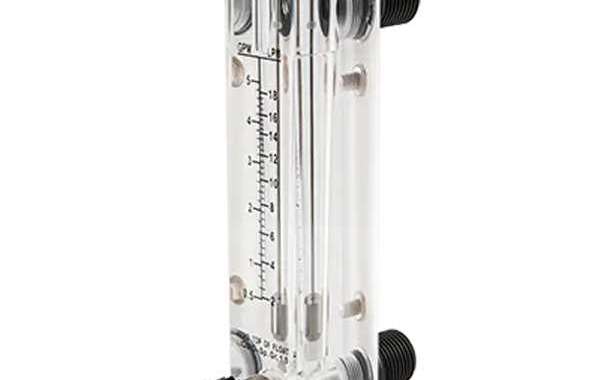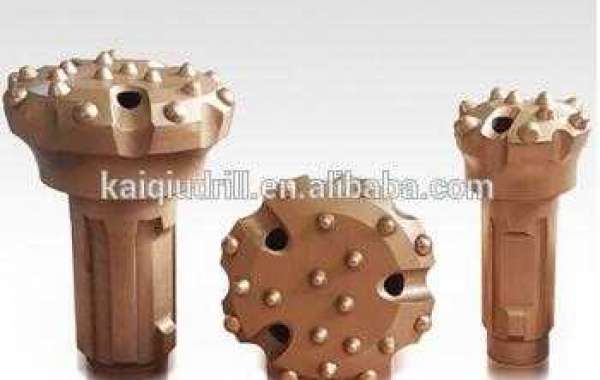Main features of Glass Tube Rotameter
In the Glass Tube Rotameter, the height of the float is an indication of the flow rate.
Rotameter tubes can be calibrated and graded inappropriate flow units.
The turndown ratio of the Glass Tube Rotameter is usually as high as 12:1.
The accuracy may be as high as 1% of the full-scale rating.
The rotameter tube can be made of glass, metal, or plastic.
The pipe diameter ranges from 1/4 to greater than 6 inches.
In safety applications, for example, air or water rotameter tubes can be made of glass, while in cases where a rupture may cause an unsafe condition, they are equipped with metal tubes.
In addition, for higher pressures and temperatures above the actual range of glass, metal tube rotameters are used.
Plastic Rotameter is a medium-cost rotameter. In addition, they are very suitable for applications involving corrosive fluids or deionized water.
Almost all rotameters are insensitive to viscosity changes. The most sensitive one is the very small rotameter with a floating ball, while the larger rotameter is less sensitive to the effect of viscosity.
Rotameters containing magnetic floats can be used for alarm and signal transmission functions.
Since the flow can be read directly on the scale installed next to the pipe, no secondary flow reading equipment is required. However, if necessary, an automatic sensing device can be used to sense the level of the float and transmit a flow signal.
For the density and viscosity of a specific fluid, each float position corresponds to a specific flow rate. Therefore, it is important to determine the size of the rotameter for each application. When the size is right, the flow rate can be determined by matching the float position to the calibration scale on the outside of the rotameter.
Many rotameters have built-in valves for manual flow adjustment.
Various shapes of floats can be used for various applications. One of the early float designs had grooves, which allowed the float to rotate for stability and centering purposes. Because of this rotation of the float, the term rotameter was coined.
Fountain Solenoid Valve is also our product, welcome to consult and purchase.







